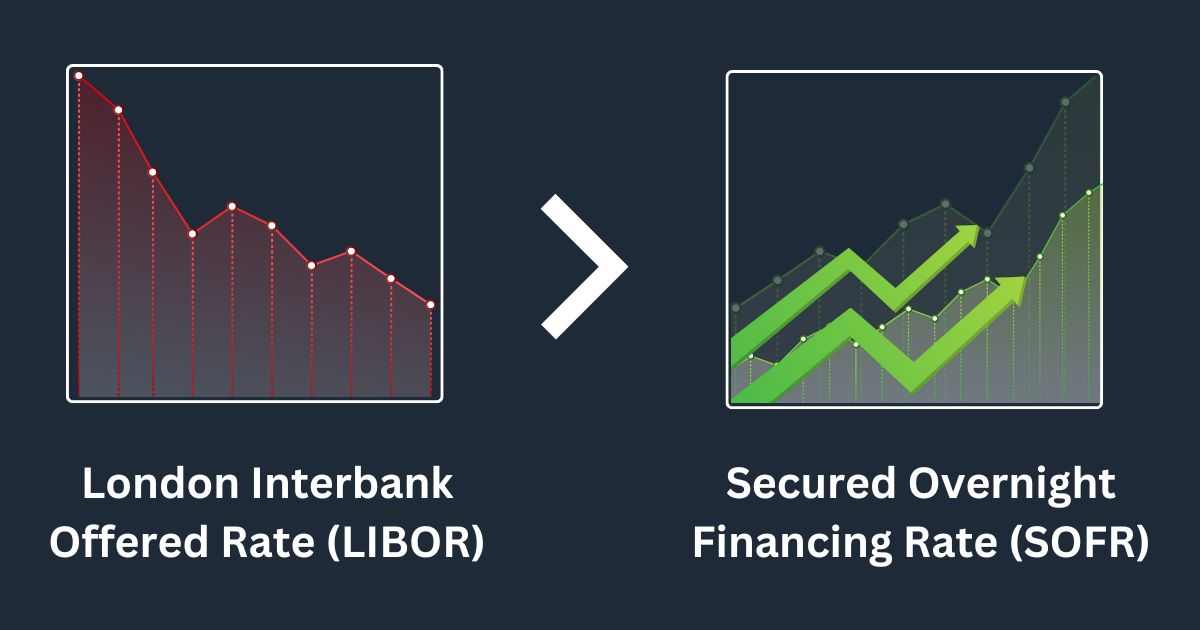India is becoming a major player in global trade, offering exciting opportunities for those looking to start an export business. With a wide range of products and services, from textiles to technology, there are many avenues for entrepreneurs to explore. Government support through export incentives and schemes further boosts the potential for success in international markets.
However, starting an export business also involves challenges such as navigating trade regulations, understanding global market trends, and managing logistics. Despite these obstacles, the potential benefits of reaching global customers are significant. With careful planning and research, entrepreneurs can navigate these challenges and build a successful export business.
How to Start an Export Business in India: A Step-by-Step Guide for Entrepreneurs
1. Identify the Right Niche:
The first step to start an export business is identifying a niche that aligns with both your interests and market demand. India is renowned for its diverse range of products and services with global appeal, such as textiles and garments, agricultural products, pharmaceuticals, IT services, jewelry and gemstones, and handicrafts and home decor. By researching consumer preferences, market trends, and competitor activities in these niches, you can identify opportunities that match your business capabilities and goals.
2. Choose the Right Business Structure:
When starting an export business in India, choosing the right type of business entity is crucial. Options include:
- Sole Proprietorship: Ideal for individuals starting small-scale export operations. It’s easy to set up but comes with unlimited personal liability.
- Partnership Firm: Suitable for small to medium-sized export businesses with multiple owners. It allows shared decision-making but also involves unlimited liability.
- Private Limited Company: Recommended for larger export businesses looking to scale up. Offers limited liability protection and a professional image, but requires more compliance.
- Limited Liability Partnership (LLP): A blend of partnership and company, offering limited liability with simpler management. Good for export businesses seeking a balance between flexibility and protection.
Suggested Read: Explore 7 Types of Company Registration In India
3. Establish a Business Bank Account:
Open a current account in a bank authorized to deal in foreign exchange. This is essential for handling international transactions. Choosing a bank with a strong international presence can facilitate smoother transactions and offer better support for currency exchange and trade finance services.
4. Obtain a PAN Card:
A Permanent Account Number (PAN) is necessary for all financial transactions, including exports and imports. Think of the PAN as your business’s ID for international trade.
5. Obtain an Importer-Exporter Code (IEC):
The IEC is a unique code required for exporting from India. It’s like a passport for your goods, allowing them to cross international borders.
6. Register with the Export Promotion Council:
Register with the Export Promotion Council related to your product and get a Registration cum Membership Certificate (RCMC). For example, if you’re exporting textiles, register with the Apparel Export Promotion Council to get benefits and support.
7. Decide on the Products to Export:
Choose the products you want to export. Check the government’s prohibited/restricted list to ensure your goods are exportable. Research which products have high demand in your target markets. Click here to know the list
8. Select the Right Market:
Research potential markets for your products based on demand, competition, and trade agreements. Look for countries where your products are popular and in demand.
9. Find Buyers:
Use trade fairs, B2B portals, and export promotion agencies to find potential buyers in your target market. Participate in industry-specific expos to showcase your offerings and meet potential buyers.
10. Provide Samples and Set Pricing:
Offer samples to potential buyers and set competitive prices considering all costs and market conditions. For example, if you’re exporting handicrafts, offer customized samples to showcase your craftsmanship and determine your pricing strategy.
11. Negotiate with Buyers:
Once you find interested buyers, consider offering reasonable allowances or discounts in price to secure long-term business relationships.

12. Identify and Manage Payment Risks:
Global trade involves payment risks due to potential insolvency of buyers or countries. Minimize these risks by opting for appropriate insurance policies from the Export Credit Guarantee Corporation Ltd (ECGC). When the buyer places an order without making an advance payment or opening a letter of credit, exporters should procure a credit limit on the foreign buyer from ECGC to protect against the risk of non-payment.
Processing an Export Order
After confirming an order from an overseas buyer, follow these steps to process the order:
- Note the order requirements carefully.
- Secure additional information related to the ordered item, specifications, payment terms, and delivery date.
- Proceed with labeling, packaging, packing, and marking.
- Purchase a marine insurance policy to protect your export goods.
- Fix a dispatch date and ensure timely delivery to the buyer’s address.
- Contact your Customs House Agent (CHA) to confirm the number of days the shipment will take to reach the destination port.
















